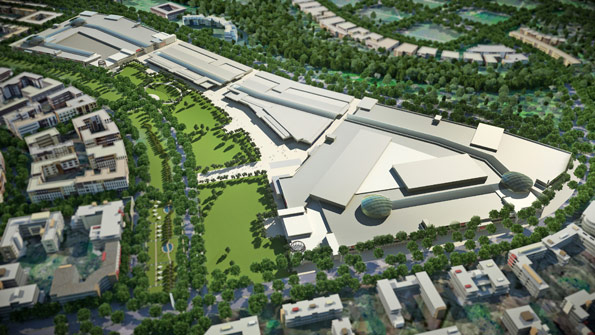A new survey by consultancy firm HassConsult has revealed that Land prices in Nairobi suburbs were nearly flat in the first three months of the year, rising 1.3 per cent compared to the last quarter of 2016, as developers adopt a wait-and-see approach as the country heads to the general election.
The price of an acre in Upper Hill, which is rapidly growing into Nairobi’s financial services district, rose by 0.9 per cent quarter-on-quarter to an average of Sh542.1 million in January-March period. Upper Hill remained the most expensive place to buy land.
The Hass Property Index is based on advertised land prices in 18 suburbs and 14 satellite towns.
The report showed land in Kilimani was the second most expensive after growing by 0.5 per cent to an average of Sh429.7 million an acre quarter-on-quarter, followed by Westlands at Sh414.3 million. An acre in Parklands averaged Sh411.5 million, while in Kileleshwa the asking price averaged Sh293.5 million.
Land prices in Nairobi satellite towns grew by a higher margin of 3.4 per cent in the first three months of the year, helped by building and upgrade of infrastructure, the report said.
During the quarter, the highest performing Nairobi suburb was Muthaiga with a quarterly growth rate of 5.7 per cent to average at Sh139.8 million.
Ruaka remained the most expensive satellite town with an average value of Sh80.5 million an acre up from Sh77.8 million during the previous quarter. Land prices in Tigoni, however, posted highest quarterly increment, growing 5.9 per cent to average Sh20.5 million.
Read:Mortgage uptake in Kenya records major drop
“Tigoni, which had witnessed a period of stalled land pricing over the past two years, saw the highest increase in land prices over the first quarter of 2017,” Hass Consult head of development consulting and research Sakina Hassanali said. “We expected this, especially after the recent upgrade of the Ruaka-Banana-Limuru road that was for so long an access bottleneck to the suburb.”
Areas with the poorest performance in land prices were Mlolongo and Nyari with a year-on-year decline of 8.0 and 2.6 per cent to average Sh101.4 million and Sh23.6 million, respectively.
Hassanali said that landlords were opting to discount spaces in suburbs and satellite towns to increase uptake.
“During the first quarter of 2017, the market was static except for the apartment segment which continues to sustain strong investor interest as it is posting strong returns as compared to other housing segments,” she said.
Property prices in apartments registered a 0.4 per cent rise quarter-on-quarter as a result of sustained investor demand, while detached and semi-detached house prices registered declines of 0.4 and 0.2 per cent, respectively, the survey showed.

